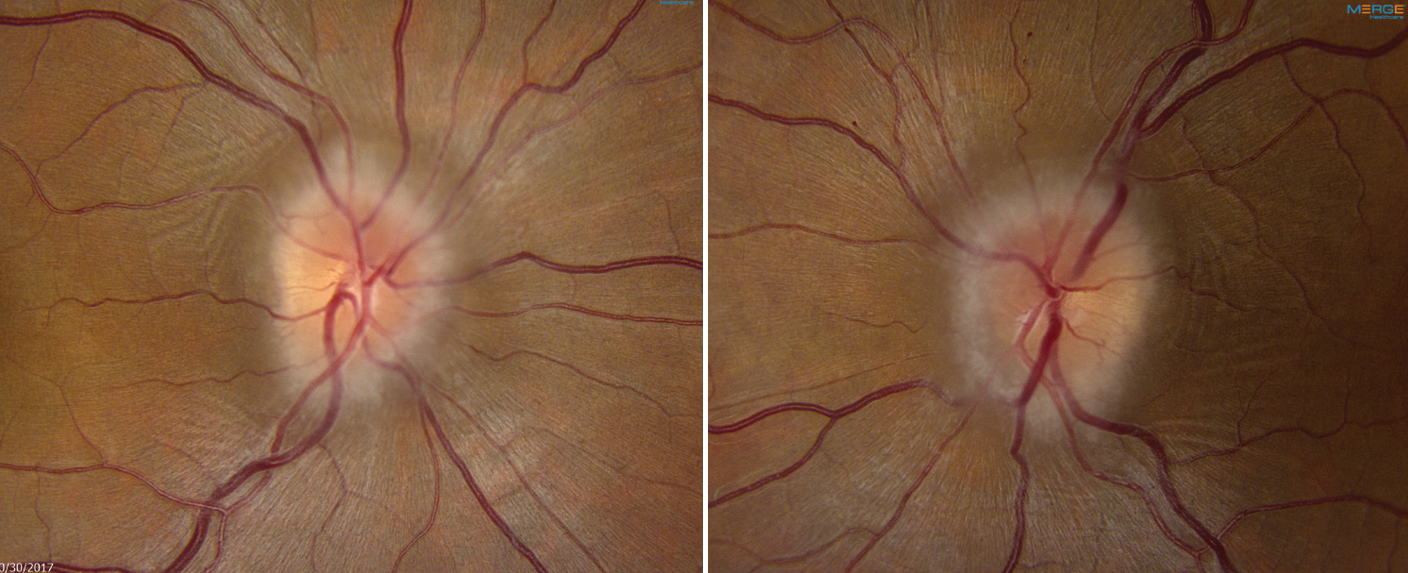 |
|
Patients with IIH and anemia tend to suffer from worse visual outcomes. Photo: Mark Dunbar, OD. Click image to enlarge. |
Idiopathic intracranial hypertension (IIH) mostly affects young obese women but has been reported in individuals newly diagnosed with anemia or with chronic anemia. Due to the uncertainty regarding the relationship between anemia and IIH, a recent study aimed to characterize the course of IIH in anemic patients.
A total of 123 patients with IIH were recruited, and 22.8% had anemia. The following information was obtained: symptoms, complete blood counts, visual acuity, visual fields and optic disc edema at baseline and follow-up.
The study demonstrated that IIH patients with anemia have similar symptoms and physical examination findings at presentation. However, patients with anemia have worse visual acuity and visual field findings compared with patients without anemia.
After intracranial pressure-lowering therapy and/or anemia treatment, patients with anemia showed comparable improvement in symptoms, except diplopia, relative to patients without anemia. Those affected also improved in visual acuity but continued to have worse visual field mean deviation at the final follow-up.
“It is important to note that patients with IIH in our study differed with respect to participant weight, as over 70% of our patients were obese,” the authors said. “Furthermore, patients with anemia in this study had less weight loss at follow-up than patients with non-anemia.”
With weight loss being the mainstay of treatment in IIH, the authors noted that the comparatively lower weight loss of patients with anemia may explain why they continued to show worse visual field mean deviation.
“Correcting anemia has been shown to induce weight loss, and because we did not have final hemoglobin levels for all patients, it is possible that some individuals did not have increased final hemoglobin, which could have influenced their weight loss,” they added.
Given the potential causal relationship of anemia and IIH and differences in visual outcomes, complete blood counts should be ordered in patients with papilledema, the authors concluded.
“Given that a complete blood count is a low-cost and widely available test, we suggest for it to be obtained in all patients with papilledema because anemia may influence visual function at presentation and final follow-up,” they wrote.
Sverdlichenko I, Yu CW, Margolin E, Micieli JA. Comparison of idiopathic intracranial hypertension patients with and without anemia. J Neuroophthalmol. October 18, 2022. [Epub ahead of print]. |


